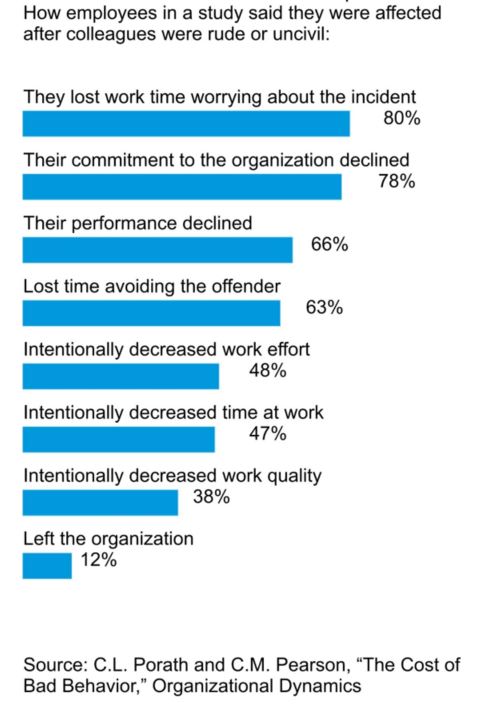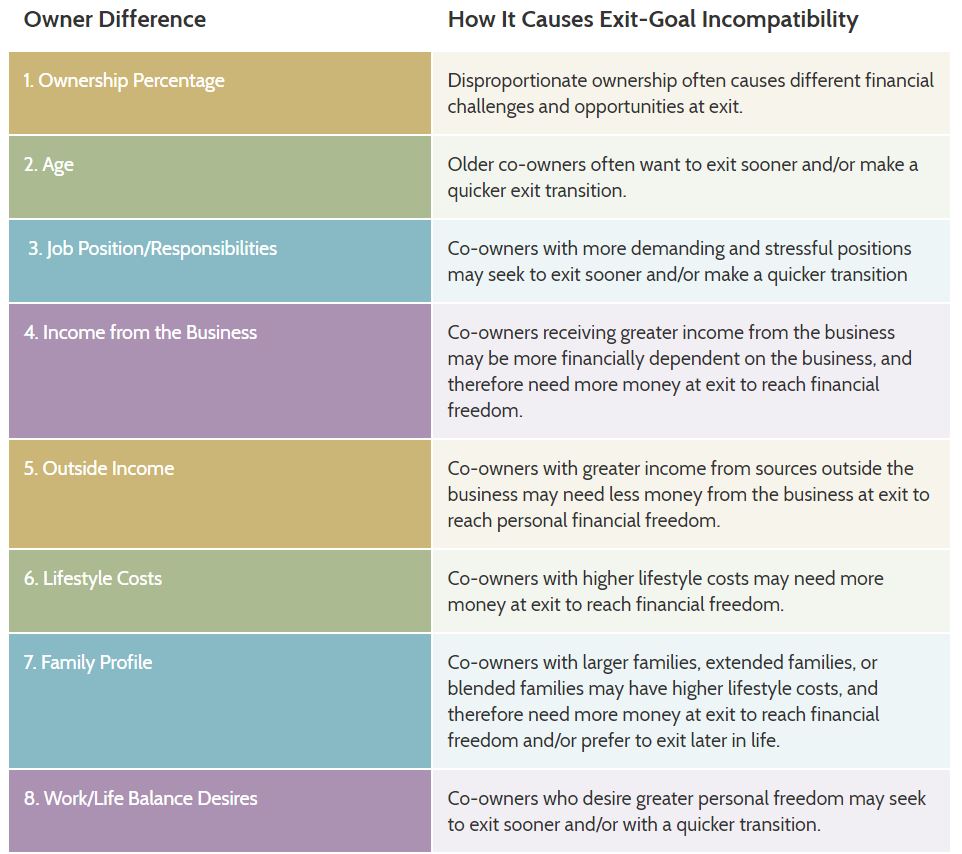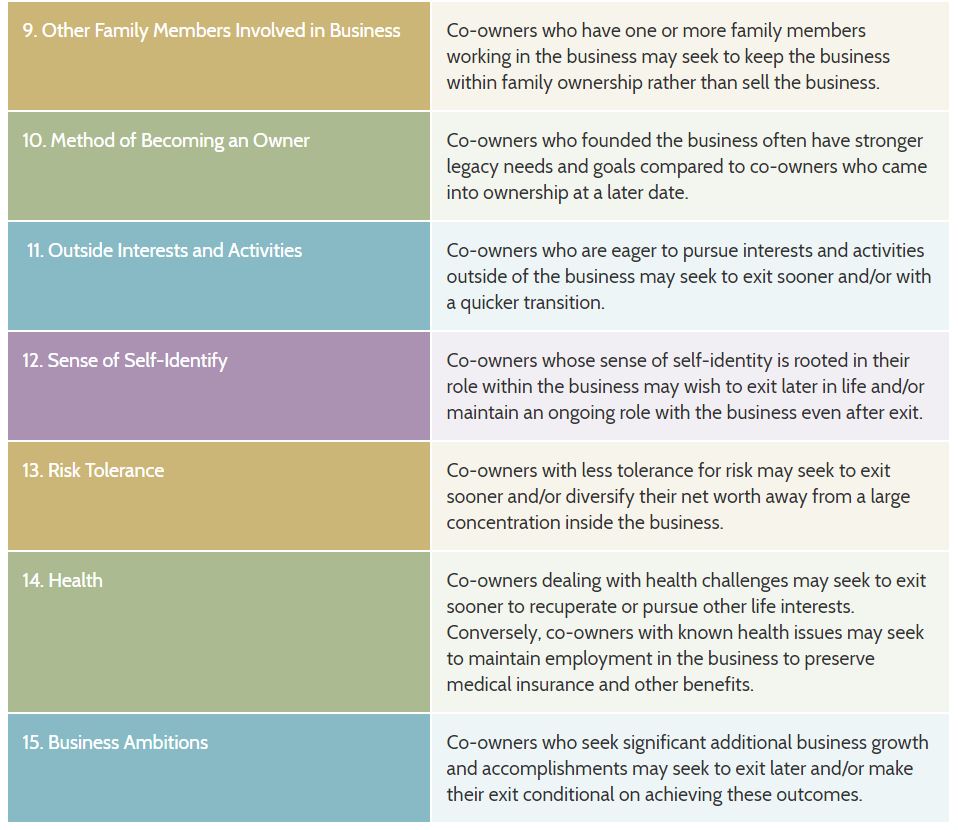
Archive for December, 2017
Do you achieve the goals you set? Does your team?
Each month I share a favorite book review from Readitfor.me.
There is never enough time to read all the latest books – this tool is a great way to learn and to stay on top of the latest topics and new ideas.
If you are like my clients, you work hard learning how to grow your company or organization. You invest the time and money to improve your team for better results and increased value.
Do we really know what our goals are and are they set properly?
Read on.
Succeed
by Heidi Grant Halvorson
I’m sure like me you’ve probably set many goals, in business and in personal life and, unfortunately not quite achieved them. Well, in her book, “Succeed: How We Can Reach our Goals”, Dr Heidi Grant Halvorson tells us anyone can be more successful in reaching their goals. Based on the findings of several years of research into goal setting she clears the mist and shows us paths we can take to finally reach these goals.
It all starts with Self Control.
Halvorson asks us to think back to the achievements in our own life—the ones we are most proud of. In all cases she claims – quite rightly – that we will have worked hard, persisted despite difficulty, and stayed focused, when it would have been much easier to just relax and not bother.
What we used was self-control – the ability to guide our actions in pursuit of our goal and to avoid temptation, distraction and other demands. Halvorson suggests self-control is much like a muscle. We need to work it, train it and not strain it.
Self-control is learned and developed and made stronger or weaker over time. If you want more self-control, you can get more. And you get more self-control the same way you get bigger muscles—you’ve got to give it regular workouts.
Why or What?
Do we really know what our goals are and are they set properly? Halverson suggests not. She suggests we are often not specific enough – and in the absence of a specific goal and in the wrong context we are doomed to fail.
Halvorson suggests when actions are difficult to accomplish, we will find it is easier and much more helpful to think in simple, concrete ”WHAT” terms rather than lofty, more abstract “WHY” ones. What we want to achieve rather than why we want to achieve it. We should forget about the bigger picture and focus on the task at hand.
However, when we think “WHY” rather than “WHAT” we are less vulnerable to temptation and more likely to take better control. So, since both the “big picture” WHY and “nitty-gritty” WHAT modes of thinking have their advantages and disadvantages, Halvorson suggests the best strategy is to shift our thinking style to match the goal we want to achieve.
She suggests for long term high level goals we should think “WHY” and for short term objectives we need to be more concrete and think “WHAT”. WHY thinking leads us to pay more attention to what Halvorson and her fellow psychologists call desirability information. In other words, how fun, pleasant, or rewarding will it be?
More concrete, WHAT thinking leads us to place more weight on feasibility information—whether or not we can actually do whatever needs to be done. How likely are we to succeed? Halvorson declares people who think achieving their goal will be hard plan more, put in more effort, and take more action in pursuit of their goals.
On the other hand she suggests people who think that reaching their goal will be easy aren’t prepared for what lies ahead of them, and can be devastated when their dreams don’t actually come true.
Consequently, she suggests the optimal strategy to use when setting a goal seems to be to think positively about how things will feel when you achieve your goal, while thinking realistically about what it will take to get there.
When we are thinking about taking on a new goal, we must also think about the obstacles that stand in our way.
The Wonderful Thing about Triggers
Halvorson asks: What aspects of our environment can trigger the unconscious pursuit of a goal?
In short she tells us that just about anything can unconsciously affect our commitment to a goal: works, images, sounds, anything related to the goal can act as a trigger. Maybe now those “motivational” posters you see everywhere seem a little less silly, right?
Halvorson discloses that studies have shown that the mere presence of something that can help you achieve your goal can trigger it. Walking past the gym can trigger the goal of wanting to work out in it. So how can we influence our unconscious?
Halvorson gives us the following tips:
Align the cues you create to your own lens
Know what is influencing you.
Know what you believe about your abilities.
Set up the right environment.
Good or Better?
Halvorson and her psychologist colleagues refer to the desire to show that we are smart or talented or capable as having a performance goal. When we pursue performance goals, our energy is directed at achieving a particular outcome—like getting an A on a test or reaching a sales target. We choose these goals because we think reaching them will give us a sense of validation and then we judge ourselves according to whether or not we are successful.
On the other hand, the to the desire to get better and enhance our skills is a mastery goal. When people pursue mastery goals, they don’t judge themselves as much by whether they achieve a particular outcome. Instead, they judge themselves in terms of the progress they are making. These goals are about self-improvement rather than self-validation about becoming the best you can be rather than proving you are.
So which is best?
Halvorson says when we are focused on getting better, rather than on being good, we benefit in two very important ways.
First, when things get tough we don’t get so discouraged.
Second, when we start to have doubts about how well we are doing, we are more likely to stay motivated because we can still learn. So if we choose get-better goals, we have greater success because we enjoy the process of getting better.
If we focus on growth instead of validation, we are less likely to get depressed because we won’t see setbacks and failures as reflecting our own self-worth and we are less likely to stay depressed, because feeling bad makes us want to work harder and keep striving.
Promotion or Prevention?
Halvorson tells us of another complementary pair of goal definitions.
When we pursue a promotion goal we are trying to gain something. When it’s about gain, we are going to be motivated both by high value and a high likelihood of success. In fact, the more valuable the goal, the more we care about our chances of success.
But when we are pursuing a prevention goal, we are trying to avoid a loss. It’s about being safe and avoiding danger. A high-value prevention goal is one where safety really matters and where failure is particularly dangerous. So the more valuable the goal, the more we see reaching it as a necessity.
Halvorson states to be optimistic is valuable, particularly in pursuit of achievements – promotion goals. Realism, on the other hand, is invaluable in pursuit of security or avoiding disastrous losses – prevention goals.
Making goals our own.
The greatest motivation and most personal satisfaction we achieve are from those goals that we choose for ourselves. Research has shown that when people feel they have choices, and that they are an integral part of creating their own destiny, they are more motivated and successful.
Providing a feeling of choice and acknowledging people’s inner experience shifts their sense of control back to them and makes them feel like they are in charge of their own actions. From her research, Halvorson states that it isn’t so much actual freedom of choice that matters but the feeling of choice. Choice provides a sense of self-determination, even when choice is inconsequential or imagined.
if a goal is internalized, we get increased motivation, better performance, enjoyment and an increased desire to work. We also avoid the hassle of having to provide controls or incentives to bring about the behaviour we are after.
Bringing it all together.
Here are a few strategies the author suggests we follow when we have established the lens of our goal.
Halvorson advises us when achieving our goal means doing something easy, straightforward, or familiar, we are probably better off focusing on a be good, performance goal.
But what if they are not so easy?
Halvorson says we can benefit from changing our thinking from why to what. Literal what-do-I-need-to-do-to-reach-this-goal thinking is enormously helpful when we are pursuing challenging goals.
What about the distraction of doing something else? Overcoming temptation is hard. It usually requires a lot of self-control. Halvorson advises this is another situation where it pays to think of our goals in terms of why rather than what. Giving our goal a prevention focus is also an excellent way to beef up our resistance.
What if we need to get something done quickly?
Halvorson’s answer is a simple one although the task may not be—give our goal a promotion focus.
Which kinds of goals work best when we want to be inspired?
Halvorson suggests giving our goal a promotion focus can heighten our creative powers. So, too, can goals that are of our own making—goals that fulfil our basic need for autonomy. In general, goals that are autonomously chosen are much more interesting and enjoyable to pursue than those that are chosen for us.
What if we want to have fun along the way?
Halvorson tells us to try focusing on getting better, rather than on being good.
Be Prepared Redux
Ok, so now we know how to identify and set our goals appropriately. But beware, it’s still not smooth sailing. There are still barriers to overcome.
Halvorson suggests there are plenty of different mistakes we can make, but the one most frequently responsible for our troubles is that we miss opportunities to act in a timely manner. We are regularly given, whether we notice or not, opportunities to act on our goals. But in most cases when one arises, we chose to do something else.
Halvorson makes it clear that there is no strategy more effective for fighting off these goal blocking situations than making an If-Then plan.
Simply put when you find yourself in a situation (IF) then you carry out a goal attaining action (THEN).
For example: If I’m watching TV then I’ll sit up straight to help my posture. If it’s Monday morning, I’ll go to the gym before work to get fitter. If I’ve had a large lunch, I’ll have salad for dinner.
So it’s back to self-control.
Halvorson suggests we use the acronym H.A.L.T. to remind ourselves of circumstances where our self-control may drop: Hungry, Angry, Lonely, Tired. In each of these situations self-control is threatened so what do we do?
Halvorson tells us to resist. If we reach for the comfort food or activity it’s hard to get back on the wagon. Stopping before we start is an excellent strategy to keep our need for self-control to a minimum.
Secondly, she tells us to focus on how well we’ve been doing and to consider just how much an effect on that progress, falling off the wagon would be.
Thirdly, she says, whatever we do, don’t try to pursue two goals at once that both require a lot of self-control. In these situations it’s hard to decide which to do and consequently we are likely not to do either.
Finally, here’s her one last strategy for overcoming a total loss of willpower: we should reward ourselves for being good. After all, a reward celebrates success and success is a goal we are after, isn’t it?
Do we really know what our goals are and are they set properly? What goals have you set for yourself, your company, your team?
Tim Kinane
Call 772-210-4499 or email to set up a time to talk about tools and strategies to lead to better results.
Please share this summary with a friend/colleague
Developing the Most Successful Team
Sydney Finkelstein wrote an interesting article for the Wall Street Journal about hiring teams instead of individuals.
While hiring teams is not always possible or appropriate – the importance of the teams within an organization can directly affect the success of that organization.
Our Team Strength tools help companies maintain the focus on developing the most successful teams. When there is a need for an infusion of talent we use a Team approach in the selection process for those new employees.
By enlisting the help of existing team members, we efficiently identify qualified candidates while also determining their values and fit to the culture of the organization. As a result, in 60% of our engagements our clients have identified and hired two candidates for each available position.
Here’s some highlights from the article that you may find useful to building your Team Strength.
Why Companies Should Hire Teams, Not Individuals

Existing groups work well together, they contribute more quickly, and they are more likely to shake things up (in a good way)
By Sydney Finkelstein
Oct. 29, 2017 10:13 p.m. ET
Illustration: Shout For the Wall Street Journal
Team Players
- Complex problem solving
- Critical thinking
- Creativity
- People management
- Coordinating with others
- Emotional intelligence
- Judgment/decision making
- Service orientation
- Negotiation
- Cognitive flexibility
Team Skills
Elite Teams
“As my research has shown, the world’s most effective leaders know that members of a cohort typically support one another, while also pushing one another to grow and perform. These leaders explicitly encourage collegiality among colleagues to take root, while also fostering healthy competition between teammates. That unusual combination gives rise to intense team environments, which lead in turn to extremely high performance, high engagement and rapid development on the part of team members.”
From:
Why Companies Should Hire Teams, Not Individuals
By Sydney Finkelstein Oct. 29, 2017 10:13 p.m. ET
The importance of the teams within an organization can directly affect the success of that organization.
Build your Team Strength with our Team approach in the selection process for new employees.
Get started now on your Team Strength- call 772-210-4499 or email for more information or to set up and an account.
Why Is Goal Incompatibility Among Business Co-Owners at Exit Practically Inevitable?
Ironically, growing the business often increases the likelihood and degree of exit-goal incompatibility among co-owners.
It is helpful to understand this from the get-go because co-owners and the people around them (close family members, employees, advisors, etc.) may see the signs of co-owners struggling with exit-goal incompatibility and interpret it to be a relationship problem, which is not always the case.
Goal incompatibility at exit has nothing to do with the quality or duration of the co-owners’ relationships. (It is true, however, that co-owners who already are not getting along well will often experience deeper discord once they realize that their exit goals are in conflict.) Rather, exit-goal incompatibility is a natural, almost predictable event, rooted in the practically unavoidable differences between two or more people. No two business co-owners are exactly the same.
Their biographical and situational differences plant the seeds which blossom into different goals at exit. The following table, taken from A Tale of Two Owners, written by NAVIX founder Patrick Ungashick, lists fifteen owner differences, each of which can lead to incompatible exit goals among co-owners.
This list is not exhaustive—co-owners could experience a variety of personal, cultural, or psychological differences that can contribute to different goals at exit. Most business co-owners will have multiple differences between them, any one of which can lead to incompatible exit goals. As the number of co-owners increases, the number of differences usually increases exponentially. As a result, it should be easy to see why incompatible goals at exit occur so frequently and predictably.
Download The Story of the Paralyzed Partners Case Study (PDF)
This case study highlights the importance of co-owners in a business recognizing their exit objectives may not be aligned. Owners need to plan their exit years prior to the event and work with an experienced team of advisors.






 Tim is a Consultant to Business, Government and Not-for-Profits Organizations specializing in innovative and challenging ways for organizations to survive, to thrive and to build their teams.
Tim is a Consultant to Business, Government and Not-for-Profits Organizations specializing in innovative and challenging ways for organizations to survive, to thrive and to build their teams.